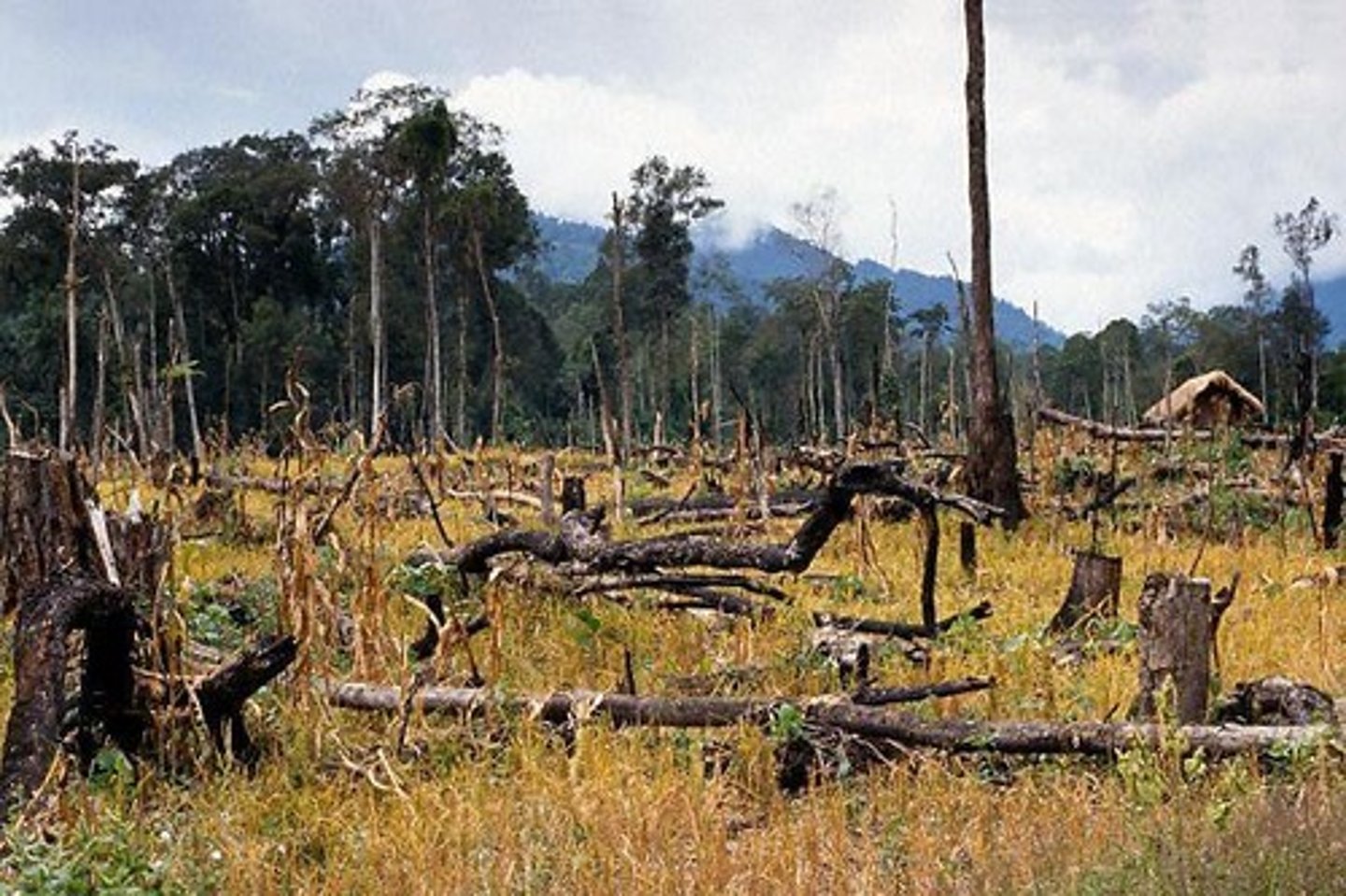Forest Management and Ecosystem Dynamics
1/26
There's no tags or description
Looks like no tags are added yet.
Name | Mastery | Learn | Test | Matching | Spaced |
|---|
No study sessions yet.
27 Terms
Boreal Forests
Largest area of forested land globally.
Tropical Rainforest
Found in wetter tropical regions.
Tropical Dry Forest
Most threatened forest type, least area.
Temperate Deciduous Forest
Covers Eastern North America, Europe, Asia.
Forest Canopy
Upper layer providing food and habitat.
Subcanopy
Shadier layer with distinct habitats.
Understory
Habitat for plants, insects, and mammals.
Fallen Trees
Create new habitats by opening canopy.
Ecosystem Services
Benefits forests provide to the environment.
Deforestation
Clearing forests for timber or agriculture.

Forest Management
Practices ensuring sustainable forest product supply.
Maximum Sustainable Yield
Harvesting without compromising future availability.
Ecosystem-Based Management
Management considering entire ecosystem health.
Adaptive Management
Flexible management adjusting to new information.
Clear-Cutting
Cost-effective timber harvesting method.
Shelterwood Cutting
Cuts undesirable trees to promote growth.
Selective Logging
Cuts mature trees, leaves others intact.
Strip Cutting
Removes trees in strips, preserving forest.
Even-Aged Tree Plantations
Timber harvested from uniformly aged trees.
Climate Change Impact
Affects forest health, increases pests.
Sustainable Forestry
Maintains ecosystem functions while providing resources.
Natural Areas
Provide habitat and recreational opportunities.
Visitor Impact Management
Challenges in managing natural areas.
Prescribed Burns
Controlled fires to reduce fuel loads.
Wildland-Urban Interface
Area where wildland meets urban development.
Camp Fire, CA
2018 fire destroyed 18,800 structures.
Lahaina Fire, HI
2023 fire, deadliest in U.S. history.